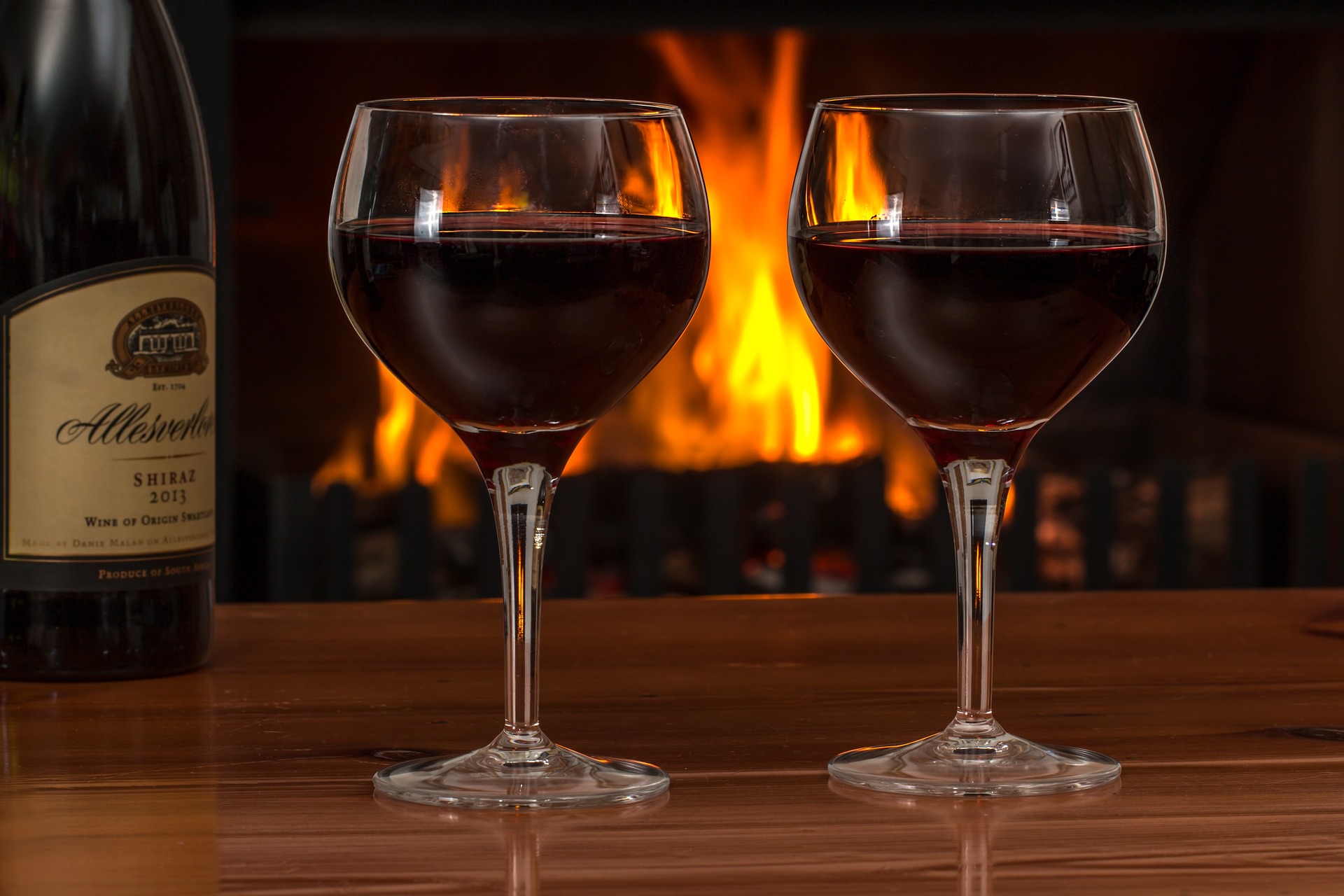There are hundreds, if not thousands, of different types of wine to choose from. Determining which wine is ideal for you can be tough if you are new to the wine world. Fortunately, the following information can serve as a great starting point for anyone interested in learning more about wine.
1. Wine experts
When researching wines, smart advice is to identify a critic or expert who has a similar palate to you. Everyone has varied tastes, including critics. Find a critic who likes comparable wines and you’ll be shocked at how many new wines you’ll be introduced to.
2. Wine Tasting
Attend wine-tasting activities. This is a terrific method to find wines that you will enjoy without having to buy a whole bottle to know how much you like it. Wine cellars and wineries frequently include wine tasting as part of their tours. Wineries make excellent vacation destinations, and you may purchase a souvenir bottle.
3. Wine Trips
Make an effort to visit wine country at least once a year if possible. There is nothing like visiting a vineyard and having a glass of wine in its natural environment. You’d be shocked at how much nicer the wine will taste, and you’ll also be able to observe how it’s made.
4. Wine Price
Expensive wines should not be your only option. If you genuinely want to discover new wines that suit your tastes, you should try wines of all price points and classifications. Purchasing pricey wines is a waste of money and may hinder you from discovering the perfect wine for you.
5. Wine Gifts
If you’re going to a party or gathering and want to bring wine, try to bring something that isn’t too powerful. Pinot Noir is an excellent choice for events like this because it complements almost any dish. Whatever the host is serving, he or she should appreciate it.
6. Wine Serving
When buying wine for dinner tonight, ask the store clerk if the wine is ready to consume. Some wines require aging for their genuine flavor to emerge. This could mean months or even years before the bottle is opened. Asking if the wine is ready to drink increases your chances of leaving with a bottle you’ll appreciate.
6. Wine Position
Wines on the eye-level shelf in your wine store should be avoided. These shelves are frequently “sold” to larger local wineries that can afford to place their wine on the top shelf. Smaller wineries with excellent wine offerings are frequently consigned to the market’s top or lower shelves.
7. Sparkling Wines
When selecting a wine to accompany your meal, don’t forget to consider champagne and other sparkling wines. They can range from extremely sweet to extremely dry. These wines are typically served at the start of a meal. It goes nicely with salty snacks as well as light dishes such as cheese and fruits.
8. Final Word
Look for bottles that you will drink when shopping for wine. Don’t let an expert or a vendor sway your decision. It is pointless to spend money on an expensive bottle if you do not have the opportunity to drink it or if you will not love this particular wine.
9. Dessert Wine
Dessert wine is a term used to describe sweet wines. They frequently use alcoholic additions to enhance the flavor. This results in a syrup-like wine that is delicious in modest quantities. Try it with a savory dessert for the best dish of the meal at your next dinner gathering.
10. Red Wine
When choosing a red wine, you should allow it to breathe after opening. This allows the wine to interact with the oxygen in the air for a longer period. If you are short on time, pour the wine through an aerator and into a decanter first to allow it to breathe properly.
It is not simple to become a wine master, and it does not happen immediately. However, if you follow the advice in the preceding essay, you will be well on your way to being a wine connoisseur in your own right. Just remember to have fun while learning about wine and to drink responsibly.

